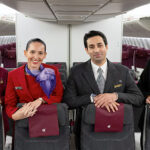
AIRLINES: Australian Airlines are getting less reliable according to February statistics.
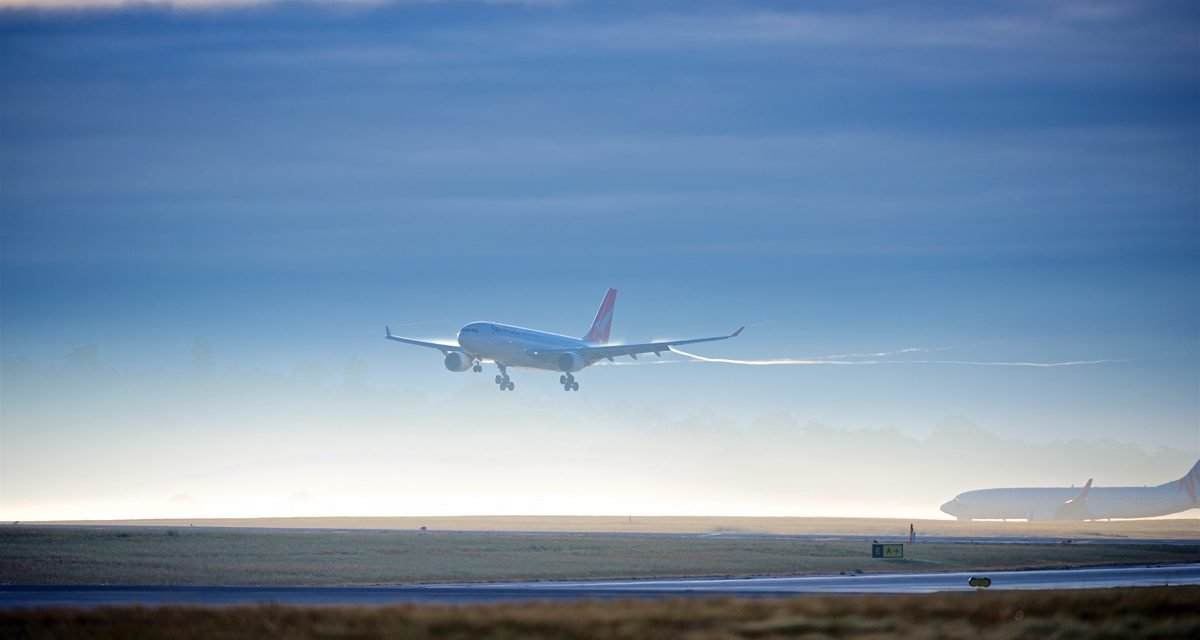
Airlines in Australia are getting less relaible with an average of close to 27% of all domestic flights in February 2024 either arrived or departed late, according to the Australian Bureau of Infrastructure and Transport Research Economics (BITRE). This compares to an all-time average of 18.5%.
For February 2024, late arrivals were at 17% (2023=16.4%), with late departures at 15.5% (2023=16.3%) of flights during the same month in 2023.
In February 2023, 16.4% of arriving and 17.3% of departing flights were late.
Cancelled flights averaged 3.9%, about 0.4% more than in February 2023 but close to double the long-term average of 2.2%.
![Bonza Airlines 737 at Sunshine Coast Airport August 2023 [Schuetz/2PAXfly]](https://www.2paxfly.com/wp-content/uploads/2023/12/Bonza-Boeing-737-sunshine-coast-airportIMG_0219.jpg)
Content of this Post:
Who Scored best and worst?
The newest ultra-low-cost regional player, Bonza, was the best-performing airline. It averaged 81.7% on-time arrival and departure. On arrival times, it was followed by Jetstar (76.1%) and QantasLink (74.5%), with Virgin Australia Regional Airlines doing the worst at 69.2%.
For departures, REX (76.3%) came in second after Bonza, followed by Cape York and Torres Straight regional player Skytrans (76.1%).
Virgin’s regional branch came last again, with 65.6% of its flights leaving on time.
REX is the winner on the cancellation front, with the fewest cancellations at 2.1%. Bonza follows it at 2.5% and Jetstar, which is a little worse at 2.6%.
Qantaslink won the worst prize at 6.8% of flights nixed, followed by Skytrans (4.9%) and Qantas (4.3%).
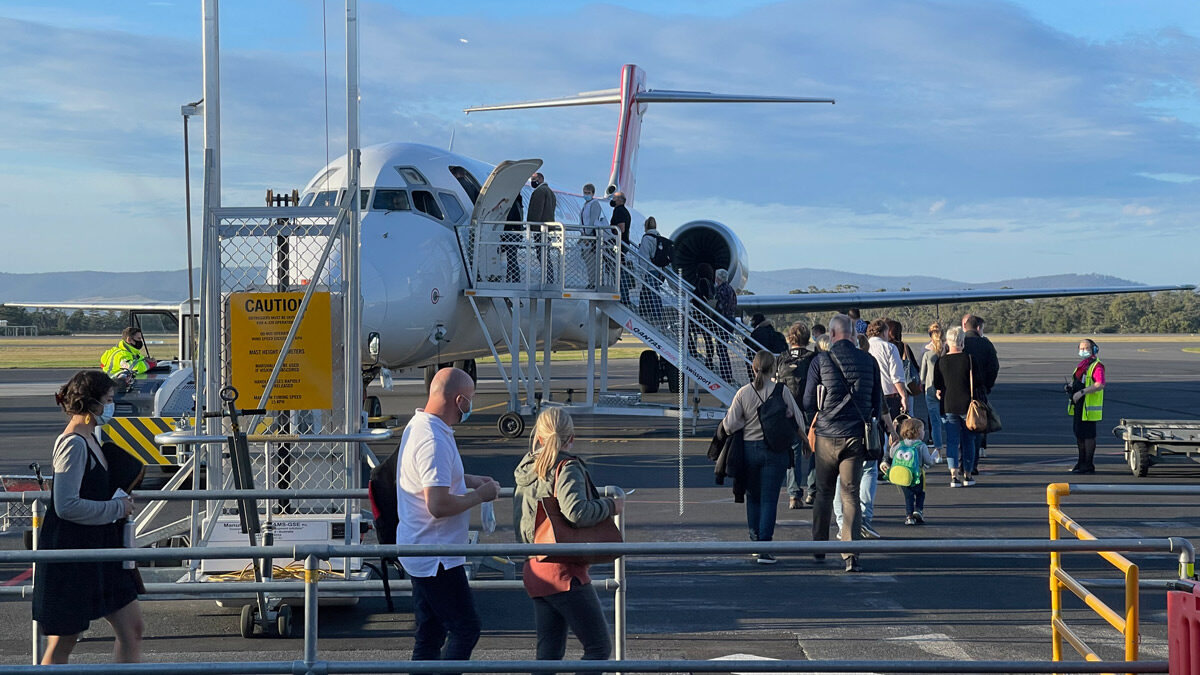
Airport performance
Of course, on-time arrivals, departures and cancellations are not just under airlines’ control. Airports also have a role, whether it be air traffic controllers or other airport facilities, that can contribute to delays and cancellations.
The most reliable airports for arrivals were Hobart and Canberra, both with a score of 75.6%. Following are Adelaide (73.6%), Brisbane (73.4%), and Sydney (71.6 %).
Worst performing is Melbourne, with only 68.6% of flights landing on time
Turning to on-time departures, Adelaide came out on top with 76.1% leaving as scheduled, followed by Brisbane (76%) and Canberra (75.3%). Darwin and Hobart at 71.7% both get the wooden spoon award.
The Report also delves into the most reliable routes, but if you want those details, you will have to download the full document and read it for yourself.
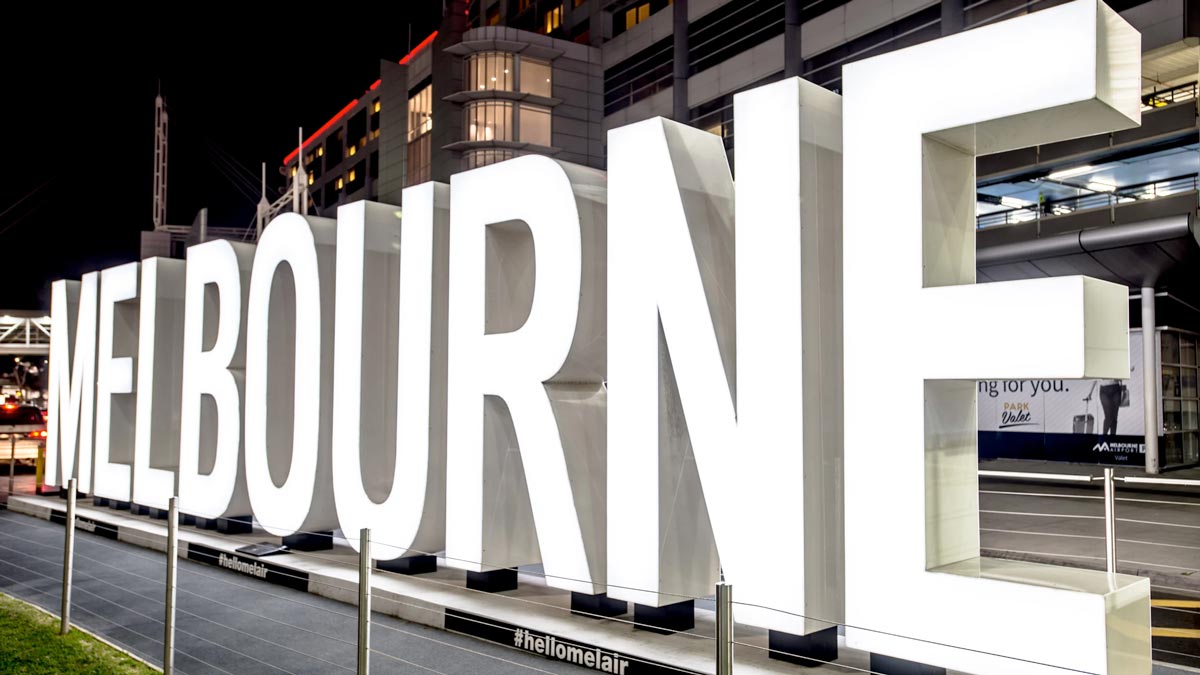
2PAXfly Takeout
With Australian airlines getting less reliable, maybe things need to get worse before they get better, but overall, this is not good news. Airlines should be getting closer to all-time average performance as aircraft and staffing return to more normal levels.
We know that there is a shortage of air traffic controllers that will take years to remedy, but that can’t explain everything. Supply chains for airline parts should be normalising, and despite some international poaching, I would have thought that flight crew numbers should be calming down. Apparently not.
It looks like all these different cogs in the wheel, from maintenance slots to spare parts supply to cabin and crew staffing, are still not optimal. While airfares are high and airlines continue to stretch their schedules beyond available resources – public resentment of delays and cancellations will continue.


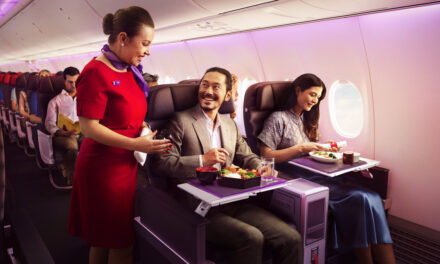
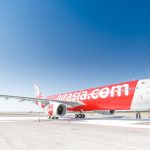

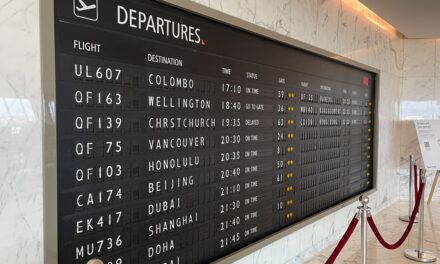
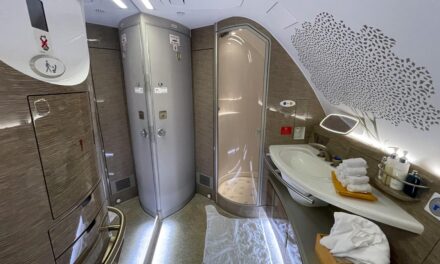

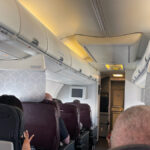



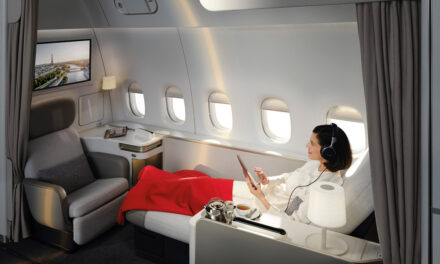
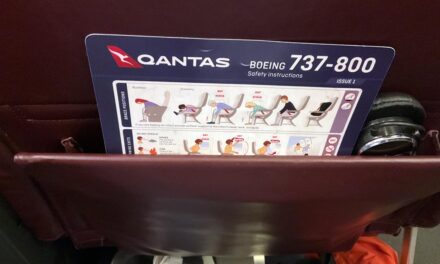
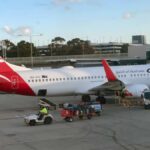

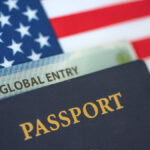


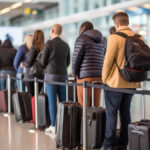
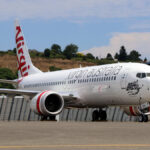

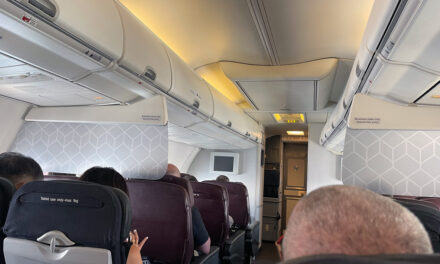



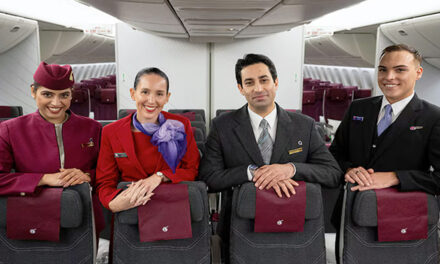
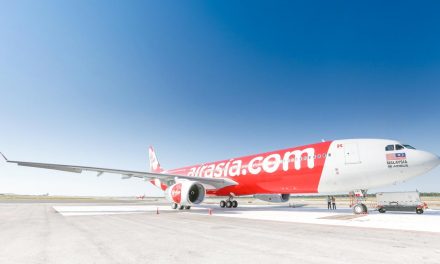






What did you say?